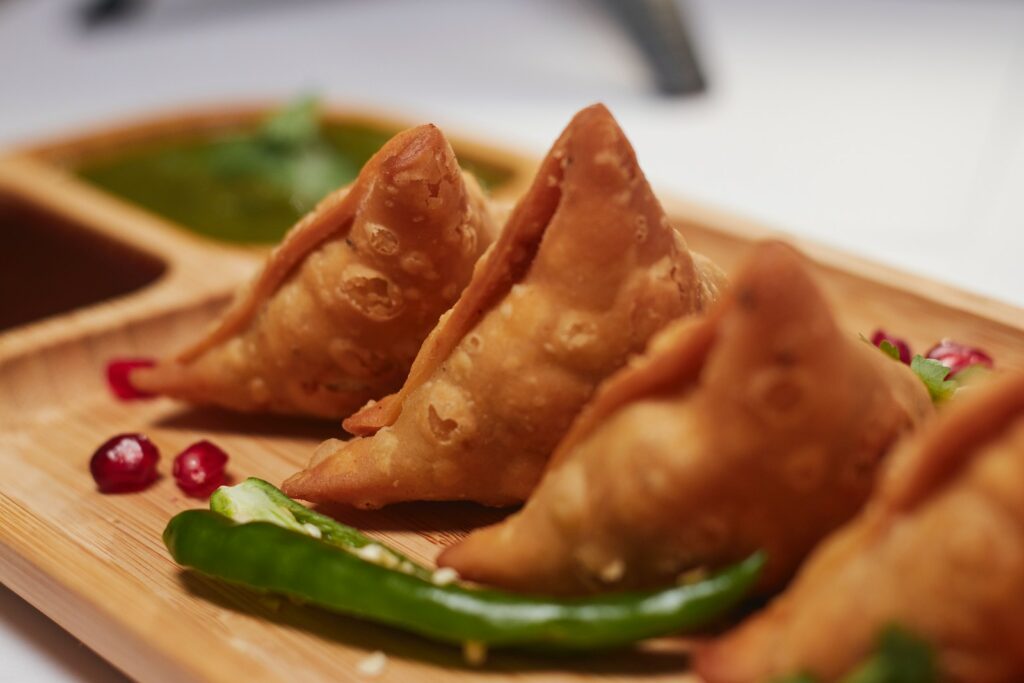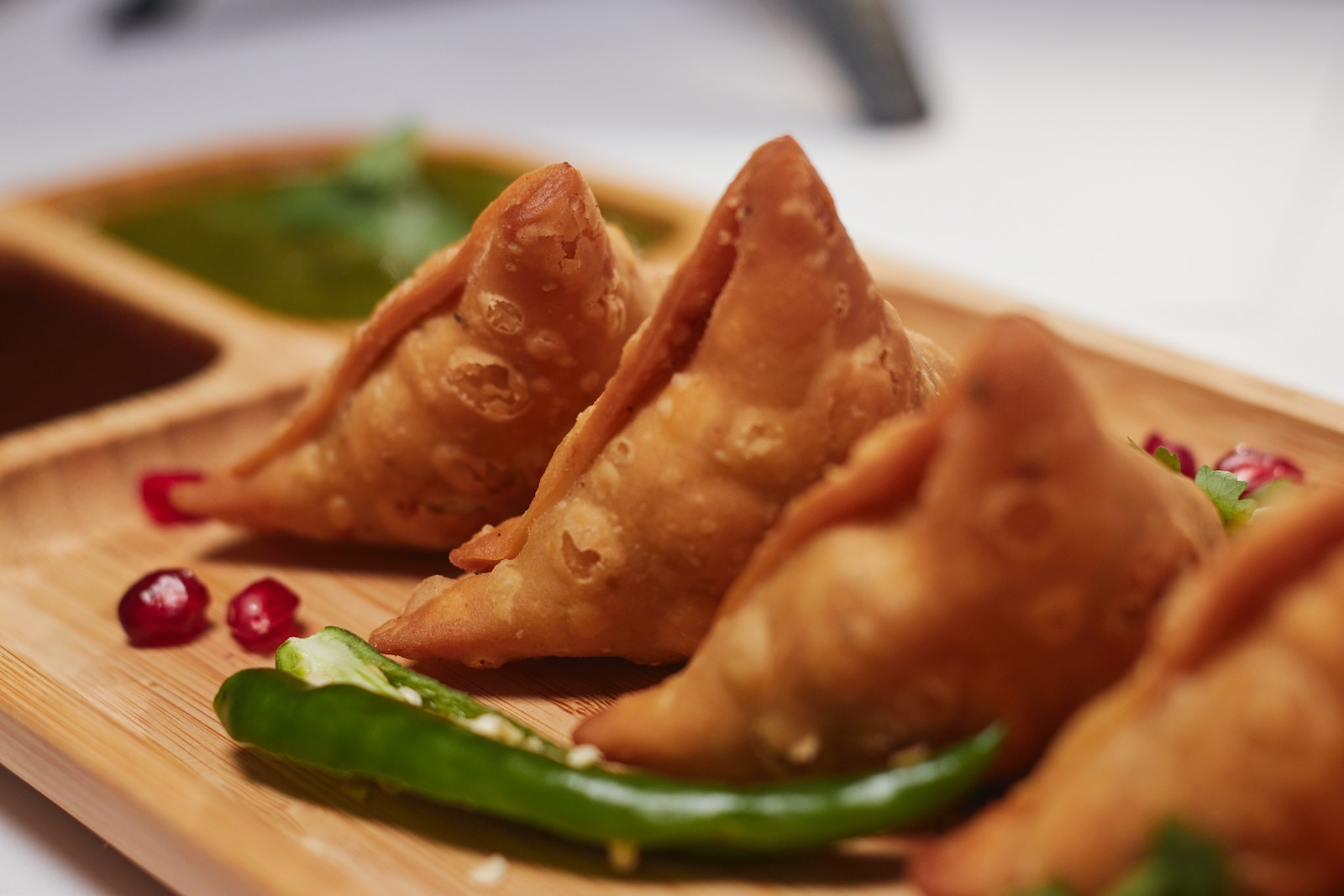
A Journey Through Global Plant-Based Flavors
International vegan cuisine showcases the diversity and creativity found in plant-based eating. Across the globe, people have developed an array of vegan recipes that not only adhere to the principles of veganism but also celebrate the unique flavors and ingredients indigenous to their culture. From the aromatic spices in Indian vegetable curries to the fresh, zesty salads of the Mediterranean, vegan dishes offer an exciting way to experience world cuisines without the use of animal products.
Plant-based eating is not a modern trend but a tradition rooted in many cultures that have thrived on rich, vegetable-centric diets. These diets often feature legumes, grains, fruits, and vegetables as staple ingredients, proving that vegan food can be both nutritious and satisfying. In exploring vegan recipes from around the world, diners are invited on a culinary journey that promises to delight the palate with bold flavors and innovative meal preparations.
Vegan dishes are as varied as the regions they come from, providing endless inspiration for those looking to expand their cooking repertoire. Whether it’s sampling a creamy, coconut-based Thai curry or savoring a roasted vegetable tagine infused with North African spices, international vegan cuisine reveals that plant-based eating is indeed a global affair with tremendous appeal.
Essentials of International Vegan Cuisine
International vegan cuisine offers a diverse palette of flavors and dishes that cater to plant-based diets. By exploring vegan recipes from around the world, one discovers how traditional dishes can be adapted to exclude animal products, creating satisfying and ethical meals.
Staple Ingredients:
The backbone of vegan cuisine lies in its versatile ingredients. Staples like legumes, grains, nuts, seeds, and tofu provide essential protein. Vegetables and fruits add color, texture, and nutrients. Plant-based milks, oils, and vegan cheese alternatives enrich dishes with depth and creaminess.
- Legumes: beans, lentils, chickpeas
- Grains: rice, quinoa, bulgur
- Nuts & Seeds: almonds, flaxseeds, cashews
- Tofu & Tempeh: soy-based proteins ideal for mimicking meaty textures
Herbs and Spices:
A vital aspect of authentic international vegan cuisine is the use of herbs and spices. Each region has its own signature blend that transforms plant-based ingredients into vibrant, vegan-friendly dishes.
- Italian: basil, oregano, garlic
- Indian: cumin, turmeric, coriander
- Mexican: chili powder, cumin, cilantro
Techniques and Tips:
Embracing a variety of cooking methods, from grilling vegetables to simmering stews, is central to vegan cuisine. Creative tips, like using blended nuts to thicken sauces or nutritional yeast for a cheesy flavor, are quintessential for adding richness and umami to vegan recipes.
Cultural Adaptations:
International vegan cuisine often involves adapting traditional recipes to fit a vegan diet. For example, vegans enjoy plant-based meals like vegan borsch, lentil stuffed cabbage rolls, zucchini ajlouk, and plant-based versions of international dishes while maintaining cultural authenticity.
Adventurous cooking and an openness to worldwide vegan-friendly alternatives pave the way for delicious and compassionate dining experiences.
Regional Vegan Delights
Exploring regional vegan delights offers a kaleidoscope of flavors, each with distinct ingredients and preparation methods that cater to health-conscious and ethical eaters worldwide. From comfort classics in North America to the intricate spiciness of South Asian cuisine, every region offers something unique for vegan palates.
North America & Comfort Classics
In North America, traditional comfort foods undergo a vegan transformation with creative twists. Dishes like vegan lasagna layer rich tomato sauce, cashew cheese, and seasonal vegetables, while vegan coleslaw pairs perfectly with barbecues. Local menus are adapting, offering soul food classics such as mac ‘n’ cheese using non-dairy alternatives to suit the vegan-friendly wave.
South Asian Flavor Explorations
South Asian cuisine boasts a variety of flavors where vegetarian dishes are already staples, making the transition to vegan-friendly options seamless. India’s chana masala and aloo matar impress with their bold spices, while South Indian sambar delights with a tamarind tang. The use of tofu, beans, and rice in inventive ways ensures a satisfying meal that respects local food traditions.
East Asian Culinary Journey
East Asian culinary traditions offer an immense variety of vegan delights, from the savory fried rice to aromatic vegan pho. Japanese food leans into simplicity and natural flavors, with dishes like sushi adapted with marinated tofu instead of fish. Vegan Thai food, including coconut curries, tantalizes the taste buds with a balance of sweet, sour, salty, and spicy elements.
Mediterranean and Middle Eastern Savors
The Mediterranean and Middle East are hotspots for delectable vegan foods such as hummus, falafel, and tabbouleh salad. These regions’ diets emphasize fresh produce, legumes, and grains, making them inherently vegan-friendly. A simple pita pocket stuffed with falafel and drizzled with tahini sauce showcases the region’s propensity for satisfying, plant-based meals.
Unique Tastes of Africa & Latin America
Africa and Latin America offer a treasure trove of vegan-friendly dishes. Ethiopia’s injera, a sourdough flatbread, commonly serves as a base for vegan stews like atakilt wat. In Latin America, the vibrant flavors shine in guacamole and salsa, which accompany a diverse array of local beans and corn-based dishes that keep the vegan menu diverse and exciting.
European Vegan Staples
European cuisines are adapting to include more plant-based options. Italian food, known for its vegetarian selections, now features vegan versions of traditional dishes such as vegan lasagna and vegan yorkshire puddings in the UK. French cuisine, with its focus on meticulous flavors, introduces vegetable-based dishes that retain the essence of traditional cooking, while adhering to a vegan diet.
Indispensable Ingredients and Substitutions
In the realm of international vegan cuisine, certain ingredients prove to be utterly indispensable. They offer a rich foundation of flavors and can be swapped with alternative choices to cater to different regional tastes or dietary needs.
Mushrooms are a chef’s ally for adding a meaty texture to dishes. They’re often used in place of meat for classics like stroganoff or bourguignon. If unavailable, aubergines or tempeh can stand in to provide that desired umami and substance.
Onions and carrots are the backbone of mirepoix, a base for soups and sauces across various cuisines. If one wishes for a milder flavor, leeks can replace onions, and parsnips can be used instead of carrots for a subtly sweet note.
Here’s a list highlighting each ingredient and its common substitutes:
| Ingredient | Substitutes |
|---|---|
| Mushrooms | Aubergines, Tempeh, Jackfruit |
| Onions | Leeks, Shallots, Spring Onions |
| Carrots | Parsnips, Sweet Potatoes |
| Napa Cabbage | Savoy Cabbage, Bok Choy |
| Broccoli | Cauliflower, Broccolini |
| Vegan Cheese | Nutritional Yeast, Tofu Puree |
Napa cabbage is lauded for its crisp texture in salads and stir-fries. Should it not be an option, savoy cabbage or bok choy can be excellent alternatives, retaining similar crunch and nutritional value.
As for broccoli, this green beacon of health is irreplaceable in many vegan dishes. However, cauliflower or broccolini could serve as substitutes, maintaining the dish’s integrity with comparable benefits.
Finally, vegan cheese has become a staple for dairy-free diets, bringing creaminess to pizzas and pastas. When it’s not on hand, a sprinkle of nutritional yeast or a smooth tofu puree provides the necessary cheesy flavor and texture.
Crafting vegan versions of international dishes is achievable with creativity and knowledge of these essential ingredients and their substitutions.
Preparing Vegan Cuisine at Home
Embarking on a culinary global adventure from the comfort of one’s own kitchen can be a delightful experience for any animal lover or aspiring chef. The arc of preparing vegan cuisine at home bends toward creativity and encourages the exploration of a world of flavors. Here, best practices in vegan cooking techniques and menu curation are your compass and map.
Recipe Techniques and Cooking Tips
When working with tofu, pressing it to remove excess water can be the linchpin for achieving the perfect texture. Let it rest under something heavy, like a cookbook, before marinating for enhanced flavor absorption. For beans, consider both soaking overnight and using the quick-soak method to ensure they are thoroughly cooked and digestible.
In the realm of rice, opt for varieties like basmati or jasmine to pair with different international dishes. Remember to rinse rice until the water runs clear to remove any excess starch, resulting in grains that are distinct and fluffy. When preparing vegan recipes, simple techniques like sautéing spices first or using fresh ingredients can elevate the dish significantly.
- Cooking Tips:
- Press tofu for 15-30 minutes before use.
- Soak beans overnight, or use a quick-soak method.
- Rinse rice thoroughly for optimal texture.
- Sauté spices to intensify flavors.
Creating a Vegan-Friendly Menu
Designing a vegan-friendly menu is like painting a canvas with the palette of plant-based wonders. Start with an appetizer that showcases fresh vegetables or legumes, such as a vibrant bean salad. Main courses can center around staples like tofu or tempeh, accented with spices and sauces from different regions. Round off with a rice pudding or a fruit-based dessert for a sweet conclusion.
A well-considered menu accounts for the balance of flavors, textures, and nutritional content. Think about incorporating a variety of vegan recipes that span continents: an aromatic Thai tofu curry or a hearty Italian bean stew. Each dish should invite the eater to a table that respects the love for all living creatures and our planet.
- Sample Menu:
- Appetizer: Mixed Bean Citrus Salad
- Main: Mapo Tofu with Jasmine Rice
- Dessert: Coconut Rice Pudding with Mango
By adhering to these recipes and techniques, one can prepare an extraordinary spread that turns an everyday meal into a plant-based feast that celebrates vegan cuisine from across the globe.







